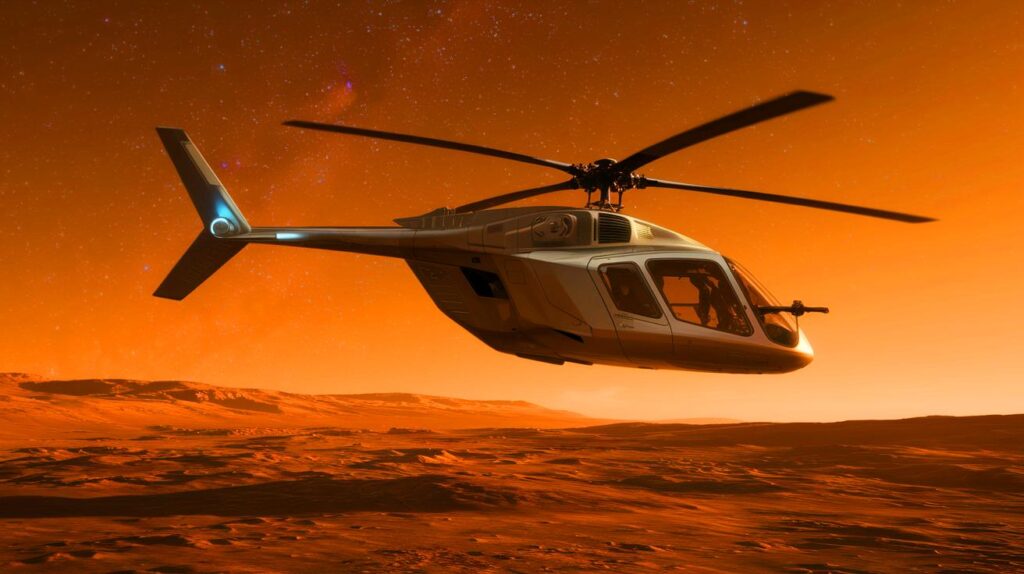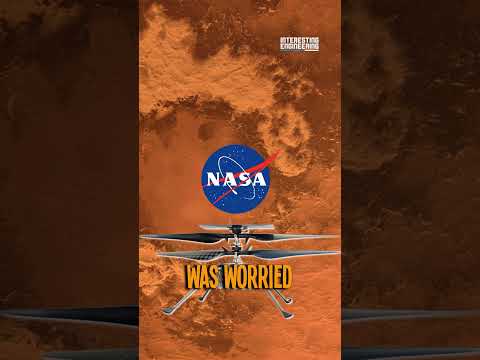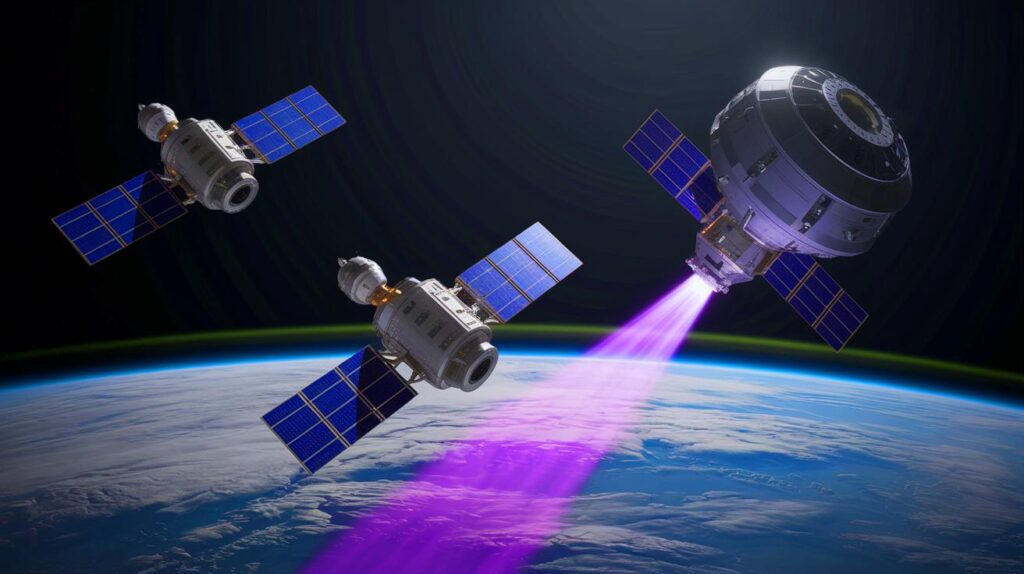| In Brief |
|
The concept of the Martian helicopter named Nighthawk intrigues planetary experts. Proposed as a revolutionary tool for Mars exploration, it has the potential to transform our understanding of this mysterious planet. Designed to explore areas inaccessible to traditional rovers, Nighthawk promises to unveil the secrets hidden within the deep canyons and ancient lava flows of the Eastern Noctis Labyrinthus region. With ambitious objectives, this mission could open a new chapter in planetary study.
Nighthawk for In-Depth Exploration
Last year, NASA unveiled plans to develop a drone called Mars Chopper, a larger and more capable successor to Ingenuity. This ambitious project focuses on a six-rotor, six-blade system specially optimized for navigating the thin Martian atmosphere. Currently in the preliminary design phase, the project has generated significant interest among experts who are proposing mission ideas to fully exploit its advanced capabilities.
Among these proposals, Nighthawk stands out for its bold objectives. Unlike the Ingenuity mission, which relied on the Perseverance rover for navigation, Nighthawk would leverage the Mars Chopper’s independent flight capabilities. This would allow it to explore the Eastern Noctis Labyrinthus region with unparalleled autonomy, focusing on key targets such as assessing Noctis Landing as a potential human landing site, analyzing aquatic features, and studying volcanic remnants.
A Mission of 100 Flights
Nighthawk is designed to carry three cutting-edge scientific payloads. First, OCCAM, an omnidirectional color camera system for navigation and geological context. Next, NIRAC, a spectrometer and context camera for detailed analysis of the Martian surface. Lastly, PMWS, the Puli Mars Water Snooper, a neutron detector aimed at mapping subsurface water abundance.
With the capacity to fly up to 4,920 feet (1,500 meters) above the Martian average and covering distances of up to 1.86 miles per flight, the mission could complete 100 flights over more than 240 sols (Martian days). The flight capabilities of the Mars Chopper, combined with an impressive payload capacity, would enable Nighthawk to conduct a wide array of scientific research.
Pioneering Technology
The Martian helicopter Ingenuity made history as the first aircraft to fly on another planet. This demonstration mission not only achieved its initial goals but vastly exceeded them, completing 72 flights instead of the planned five. With over 17 kilometers (10.7 miles) traveled, Ingenuity has paved the way for aerial exploration on Mars.
Despite navigation issues that interrupted its flight operations, Ingenuity continues to contribute by remaining on Mars to collect weather data. If the Nighthawk proposal is approved, it would provide a deeper understanding of a scientifically rich and diverse region of Mars, revealing hidden secrets and searching for vital biomarkers.
Toward the Martian Unknown
Nighthawk promises to unlock mysteries buried within Mars’s most enigmatic landscapes. By characterizing aquatic features and unraveling the volcanic history of the Red Planet, this mission could change our approach to Martian exploration. The potential discoveries from this mission could not only enhance our scientific understanding but also lay the groundwork for future human explorations.
As we prepare to uncover what Nighthawk might reveal, one question remains: what new insights will this mission bring about Mars’s complex history and its potential to harbor life?








